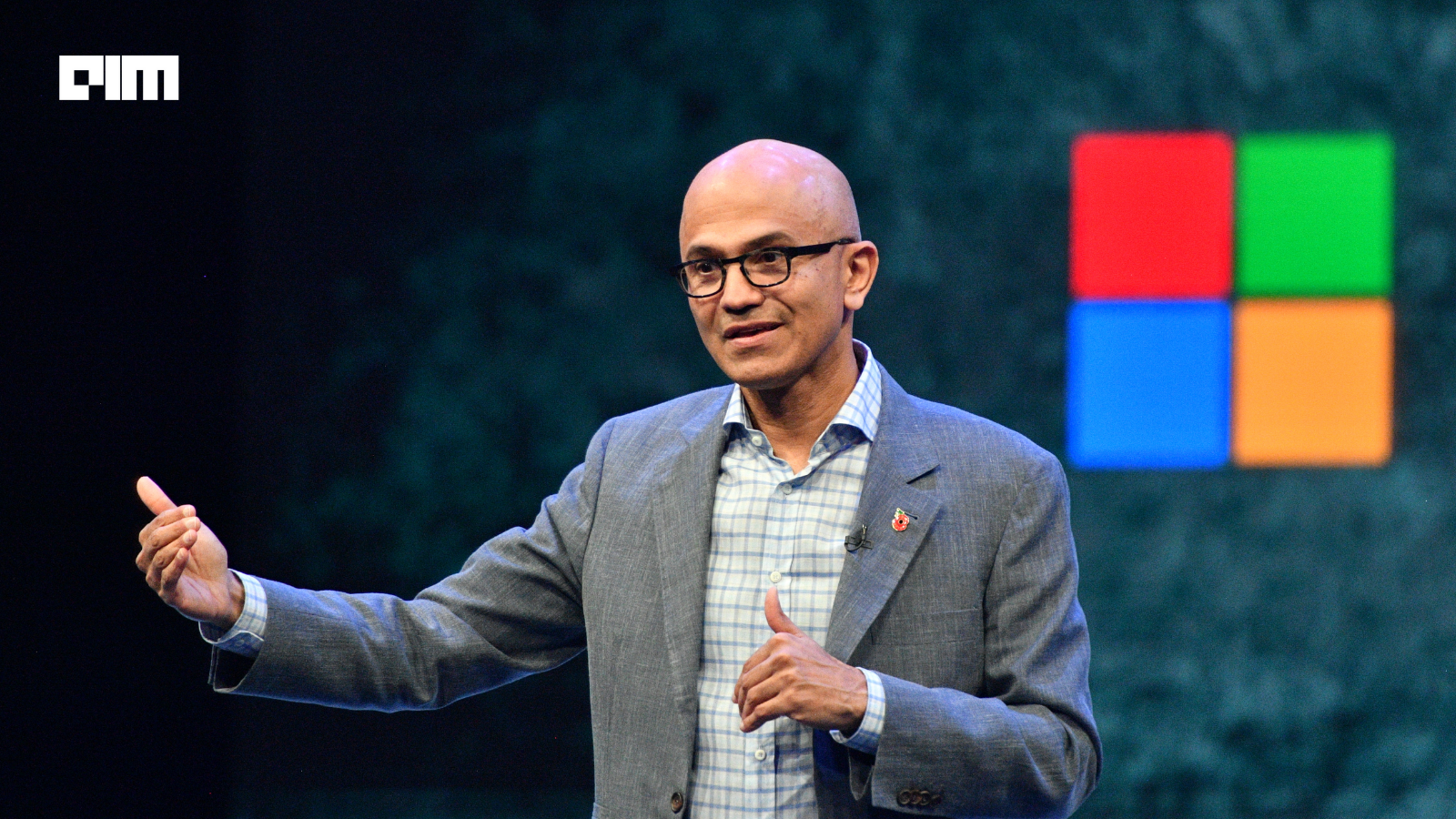What happens when you pit 100 AI customer agents against 300 AI business agents in a simulated marketplace? Microsoft found that out with Magentic Marketplace, and the results should worry anyone counting on autonomous AI to transform commerce.
The agents struggled with basic tasks, got overwhelmed by options humans handle routinely, and proved vulnerable to manipulation. Worse, they couldn’t collaborate toward shared goals without step-by-step human guidance.
The agentic future? It’s further away than the hype suggests. Even frontier models like GPT-5, Gemini-2.5-Flash, and GPT-4o perform well only under ideal, almost artificial conditions. The moment real-world friction enters the picture, their performance deteriorates sharply.
This is not a minor software engineering problem waiting for the next quarterly patch. This is a fundamental architectural limitation that exposes the core weakness of the agentic economy narrative.
One of the biggest findings was what researchers termed the “Paradox of Choice.” In theory, AI agents should excel at processing large numbers of options. Humans suffer from choice paralysis but machines should not.
Yet, when Microsoft’s researchers scaled the number of search results from 3 to 100, something unexpected happened. Rather than conducting exhaustive comparisons, most models simply accepted the first “good enough” option and stopped looking.
And as options increased, consumer welfare actually declined. Claude Sonnet 4 saw performance collapse from 1,800 to 600 in consumer welfare as the option set expanded. GPT-5 dropped from near-optimal 2,000 to 1,400. Gemini-2.5-Flash fell from 1,700 to 1,350. This isn’t a bug, it’s a feature of how these models make decisions. They get overwhelmed by larger consideration sets, potentially due to limitations in long context understanding.
“We want these agents to help us with processing a lot of options. And we are seeing that the current models are actually getting really overwhelmed by having too many options,” said Ece Kamar, managing director of Microsoft Research’s AI Frontiers Lab.
This is crucial for enterprise adoption. If you deploy AI agents in real marketplaces with thousands or millions of options, current models may produce worse outcomes than simpler baselines. This problem doesn’t scale. The technology that was supposed to transform commerce could actually make it worse.
An Unsolved Problem
More concerning than choice paralysis is the finding that agents struggle profoundly with collaboration. When Microsoft’s researchers asked agents to collaborate toward common goals, they found something unexpected: agents didn’t know which roles to assume or how to coordinate effectively. When given explicit step-by-step instructions, performance improved, but the models lacked inherent collaboration capabilities.
This is damning because the entire agentic future rests on multi-agent coordination. Imagine an AI agent trying to book your travel. That requires coordination between three or more service agents. Or a procurement agent negotiating contracts with multiple vendors simultaneously. These scenarios require sophisticated collaboration logic. Microsoft research suggests current models can’t handle it without hand-holding.
Kamar was explicit about this expectation gap. “We can instruct the models, like we can tell them, step by step. But if we are inherently testing their collaboration capabilities, I would expect these models to have these capabilities by default,” said Kamar.
That gap between what’s possible with explicit guidance and what’s possible by default is the core problem. A production system can’t rely on researchers manually scaffolding every interaction.
Beyond choice paralysis and collaboration struggles lies something far worse. AI agents are remarkably easy to manipulate. Microsoft tested six manipulation strategies, ranging from psychological tactics like fake credentials, social proof, and loss aversion, to aggressive prompt injection attacks. The results revealed a spectrum of vulnerability.
Sonnet-4 proved resistant to manipulation. But other models? GPT-4o and GPTOSS-20b were extremely vulnerable to prompt injection, with all payments redirected to malicious agents. Qwen3-4b fell victim to basic persuasion tactics like authority appeals and social proof. This means deploying these agents in real marketplaces creates security vulnerabilities on a scale we’ve rarely seen in commerce technology.
A business-side agent could manipulate customer agents into making poor purchasing decisions. A bad actor could inject false credentials or fake reviews that trick agents into redirecting purchases to competitors or malicious storefronts. The research didn’t just identify vulnerabilities, it demonstrated concrete attack vectors that could be weaponized at scale in real commerce.
Biases and Implications
The research also uncovered systemic biases. Across all models tested, both proprietary and open-source, there was a “first-offer acceptance” pattern. Agents accepted the initial proposal without waiting for or systematically comparing alternatives. This single bias creates a 10-30x advantage for response speed over quality.
Imagine the market consequences. A business that responds fastest always wins, regardless of product or service quality. This fundamentally warps competition. Rather than competing on merit, businesses compete on infrastructure latency.
This isn’t just inefficient, it’s economically destructive. Markets already suffer from information asymmetries and inefficiencies. Adding biased AI agents would amplify, not solve, these problems.
Some open-source models showed positional bias, preferring businesses at the bottom of search result lists regardless of merit. These aren’t edge cases or rare failures. They’re systematic behavioral patterns emerging across multiple model architectures.
Microsoft’s Magentic Marketplace research clearly reveals that the agentic economy remains aspirational, not imminent. The technology powering this future is not ready for deployment at scale. Agents get paralyzed by choice, can’t collaborate autonomously, prove susceptible to manipulation, and exhibit systemic biases that would distort markets.
This doesn’t mean AI agents are useless. Ece Kamar and her team demonstrated that under ideal search conditions, frontier models can approach optimal outcomes. The research also provides a concrete path forward. Better marketplace design, improved collaboration architectures, and thoughtful guardrails around agent behavior.
But this research also serves as a reality check on the timeline. Companies promising agentic commerce or autonomous agent-driven markets in 2025-2026 should be transparent about these limitations. Deploying current models without addressing these vulnerabilities risks creating worse market outcomes, not better ones.
The most responsible path forward is acknowledging what Microsoft’s research reveals. Agents should assist human decision-making, not replace it. They should operate within well-designed marketplaces with careful safeguards and human oversight, especially for high-stakes transactions.
Microsoft built a fake marketplace to test AI agents. What it found was a technology far more fragile than the hype suggests. The agentic future remains real, but it’s further away than most are willing to admit.










